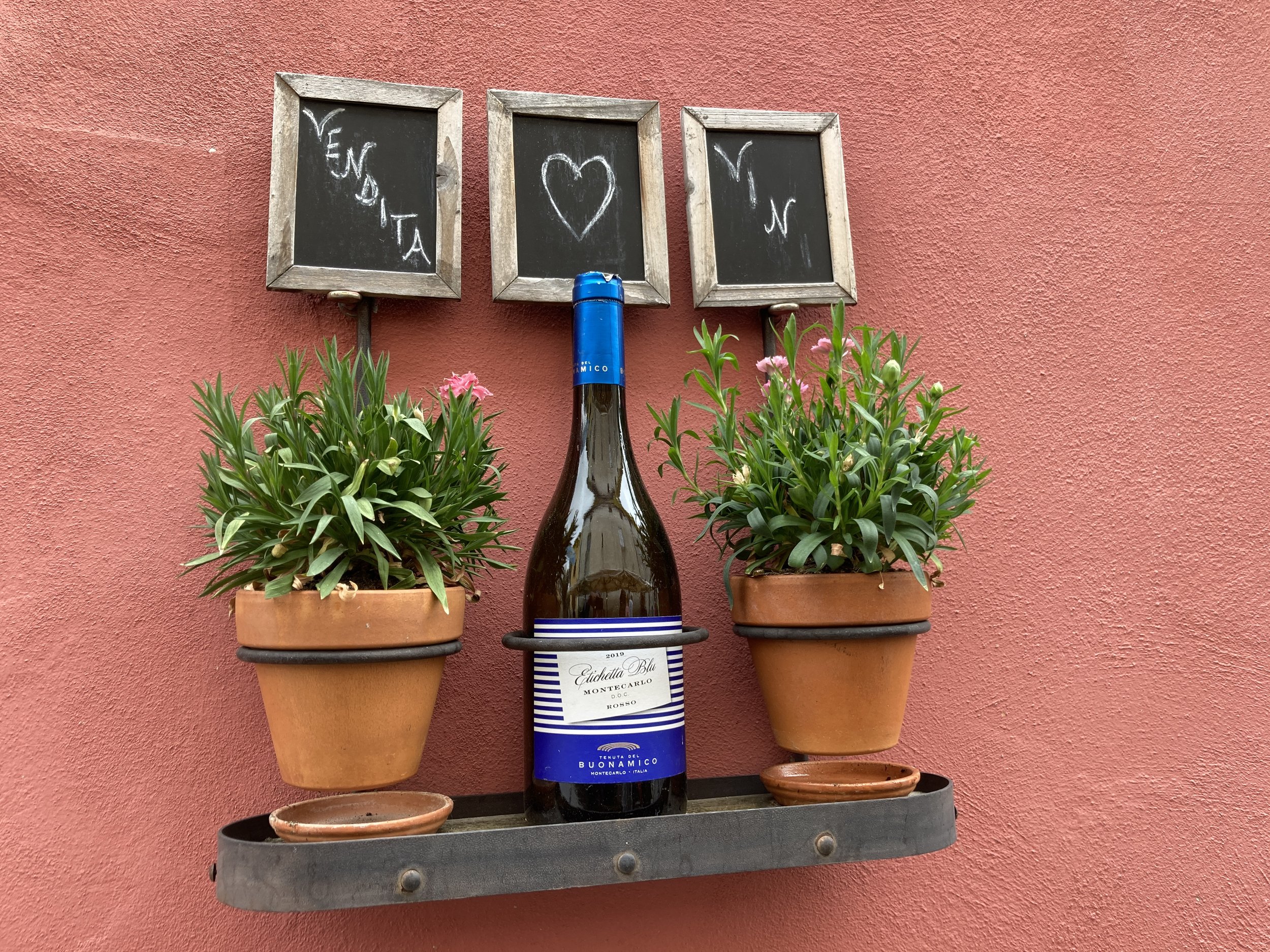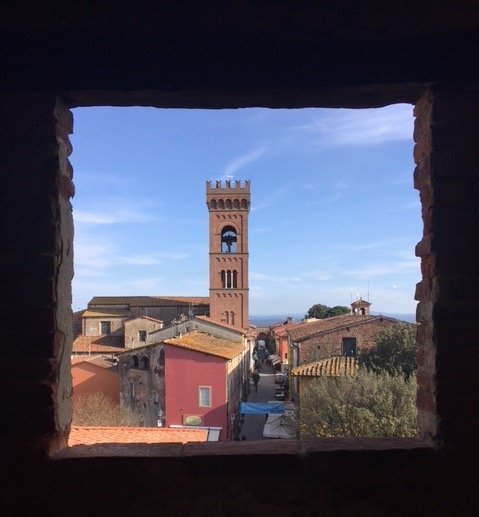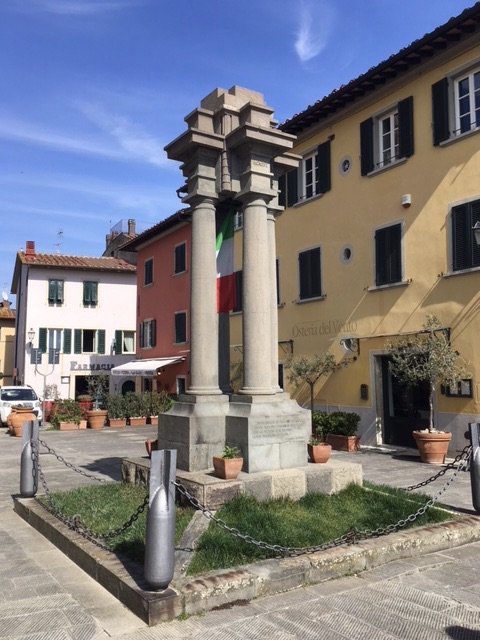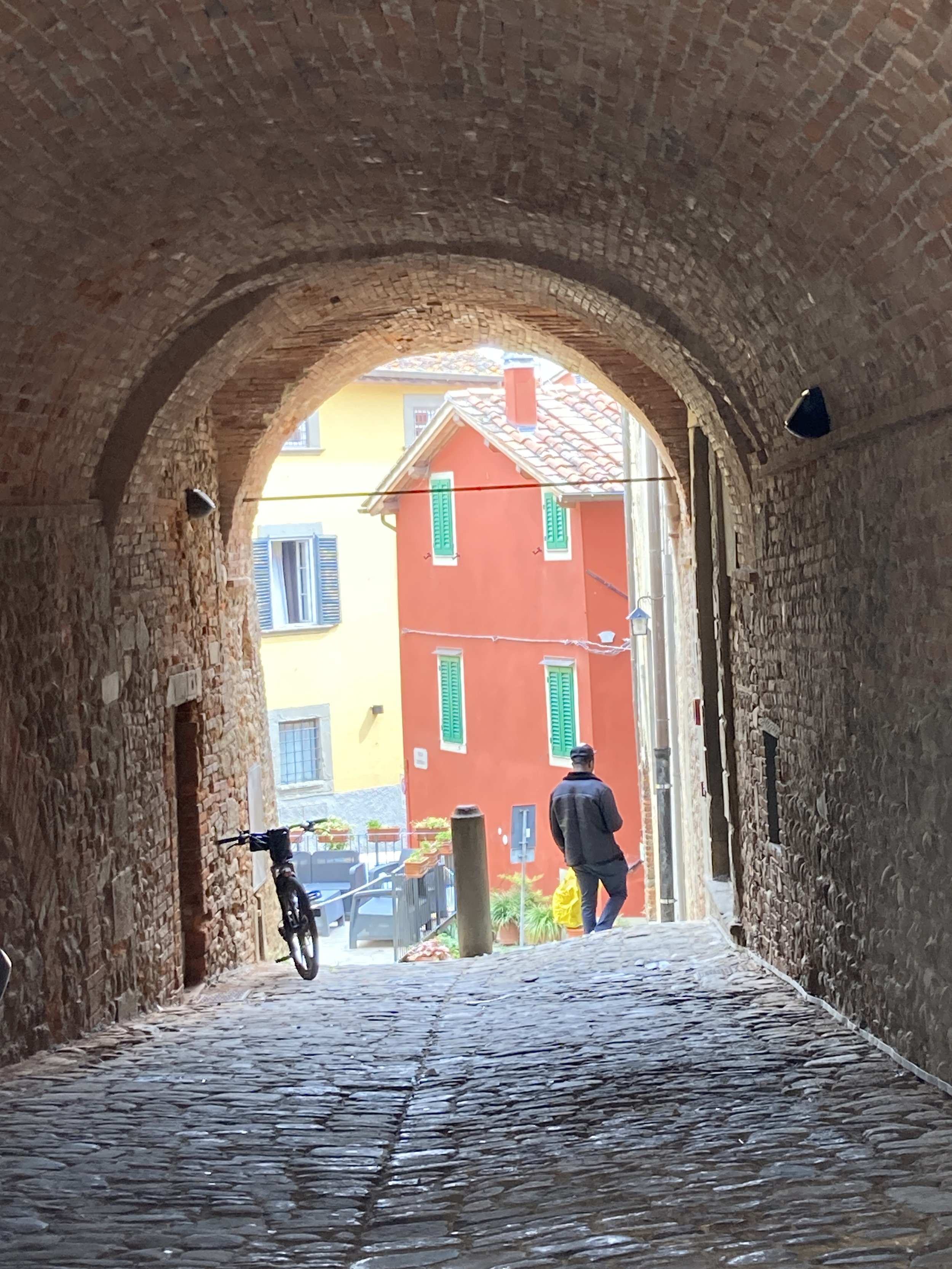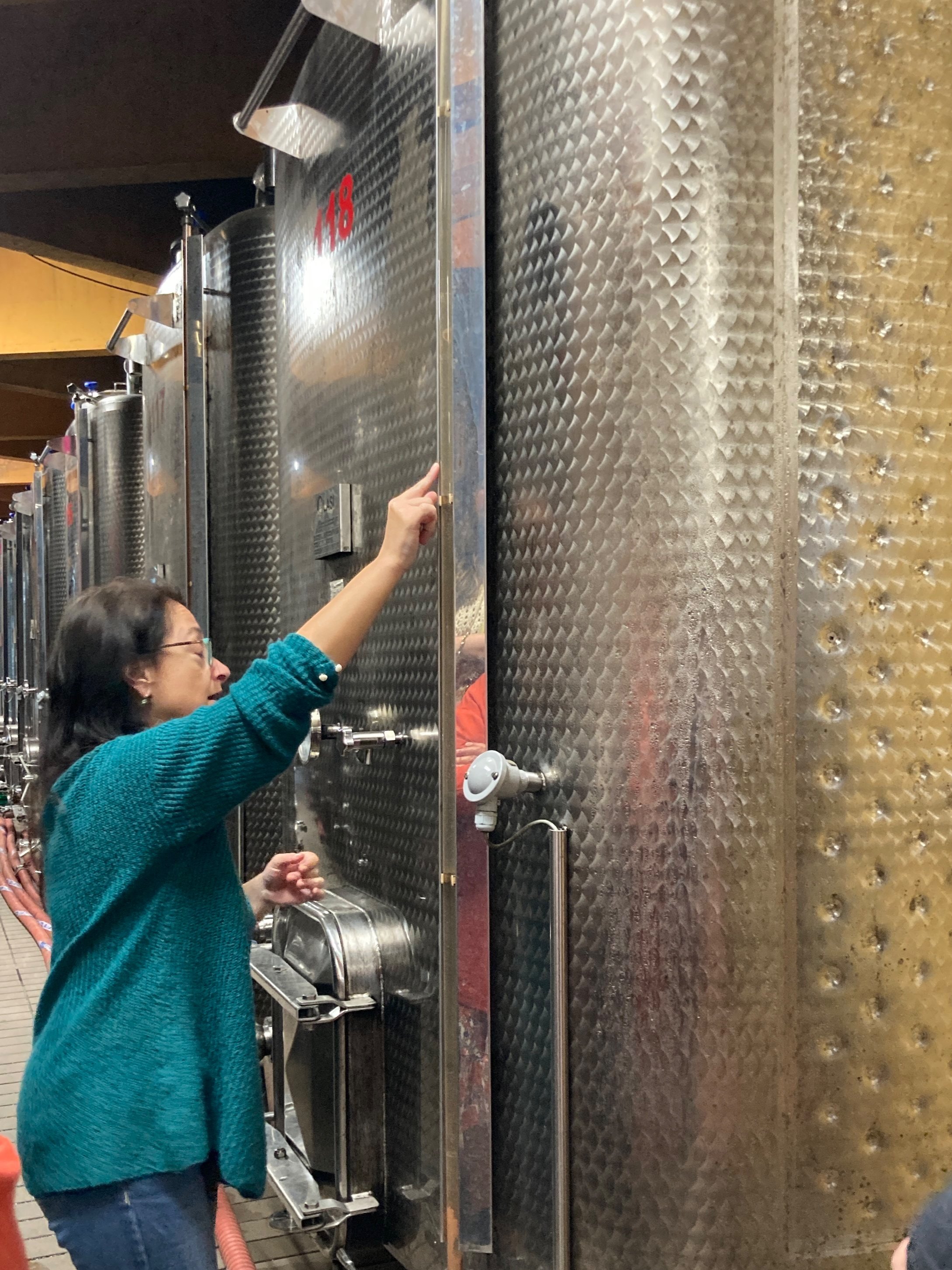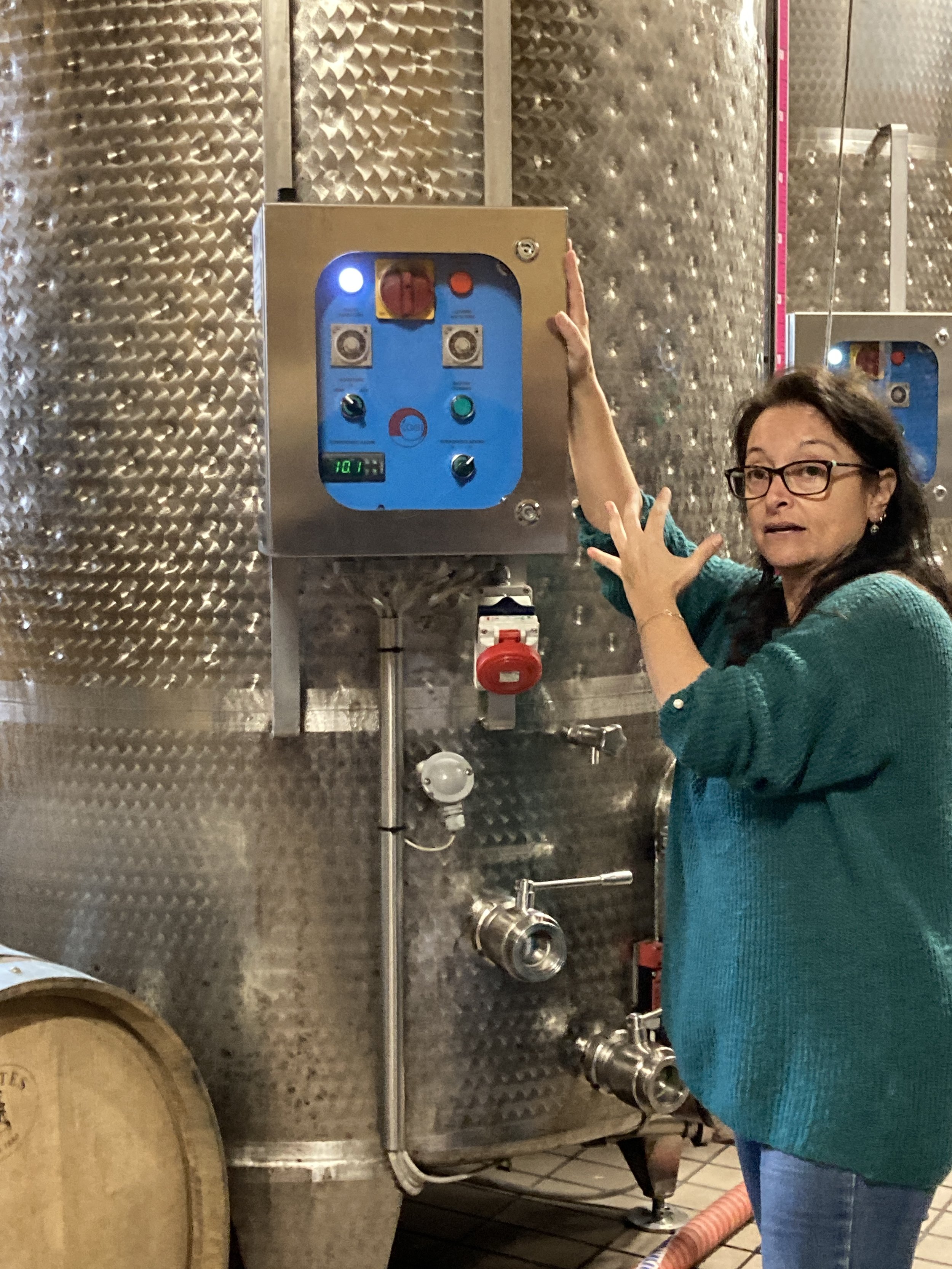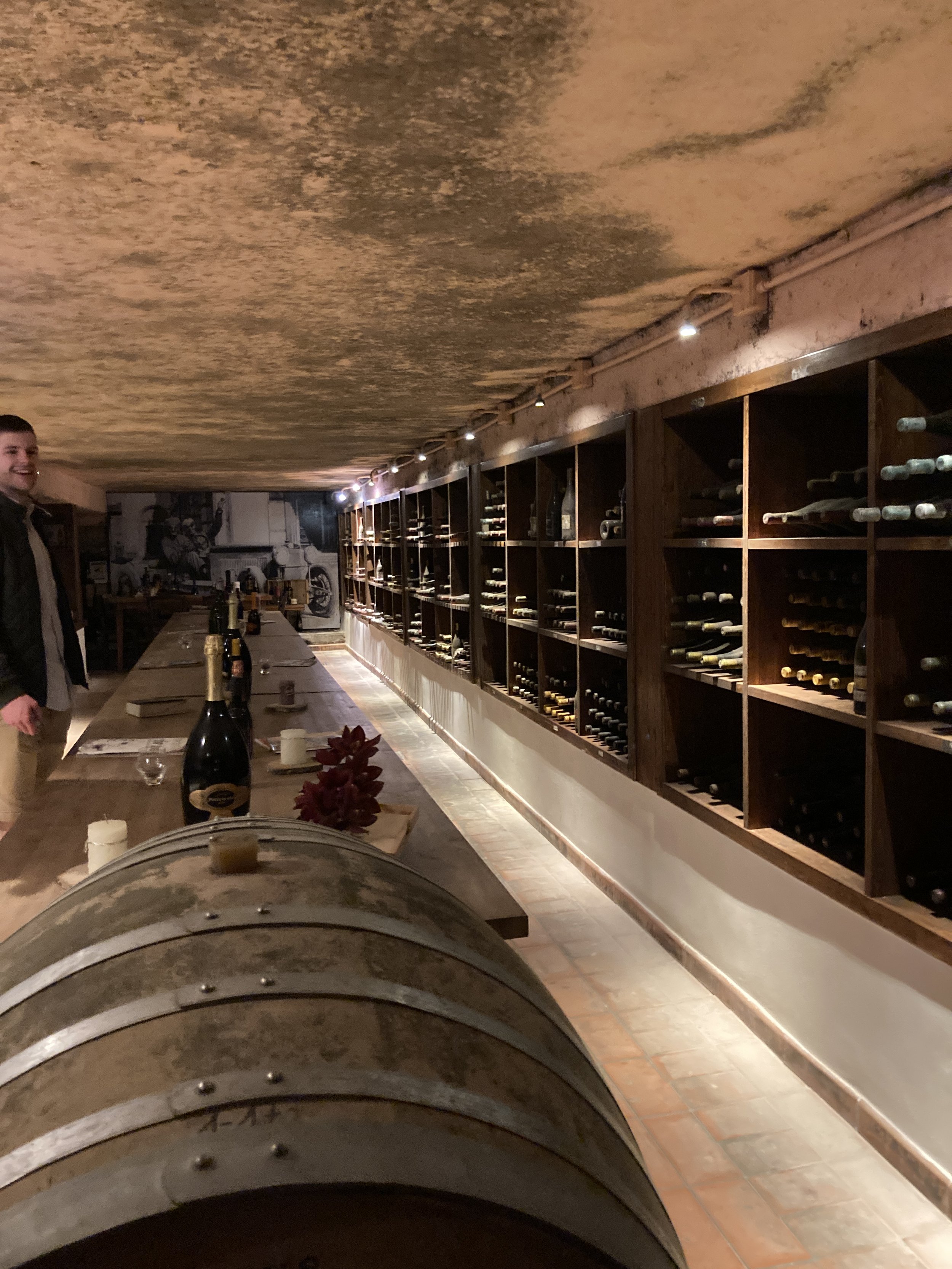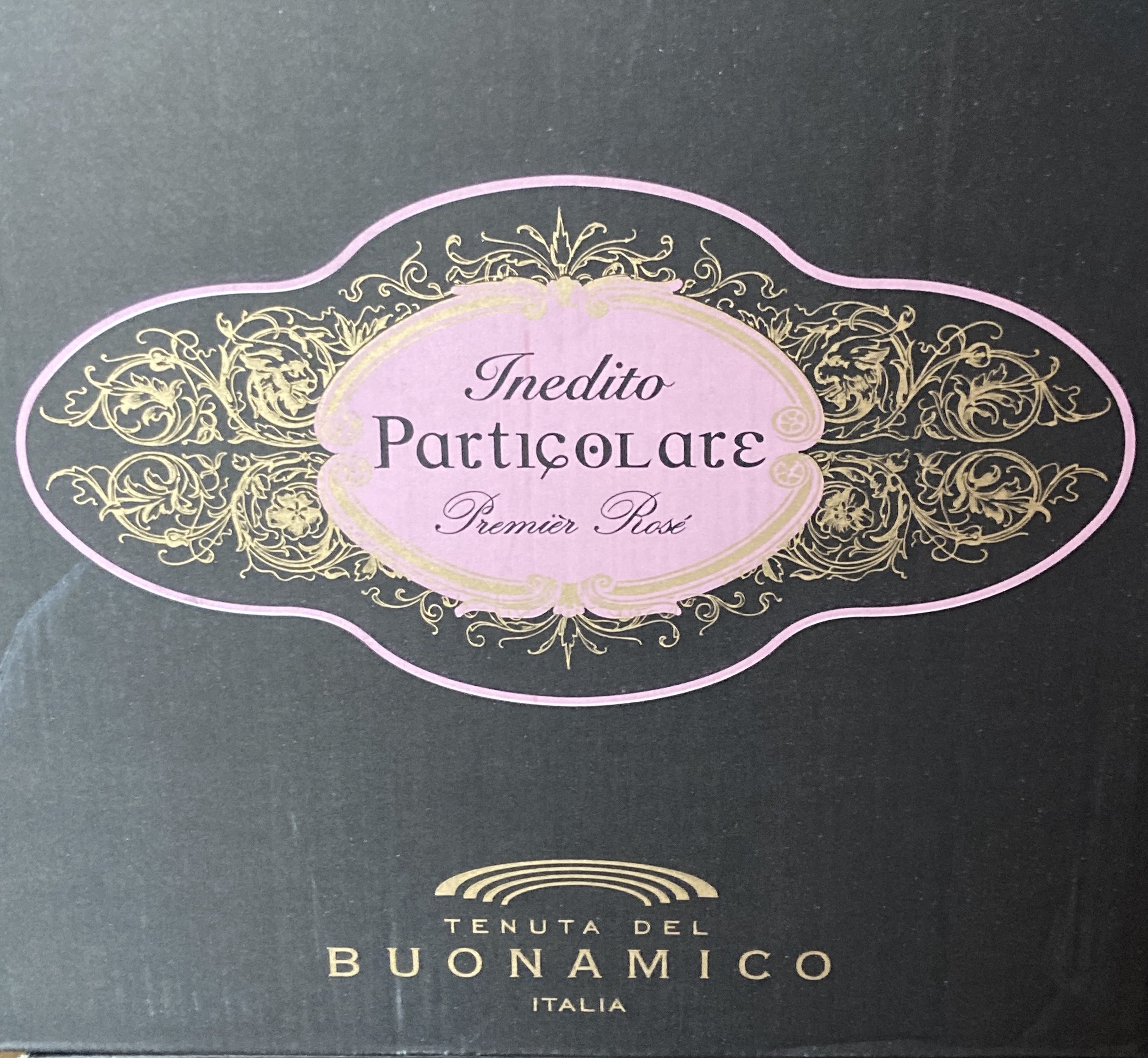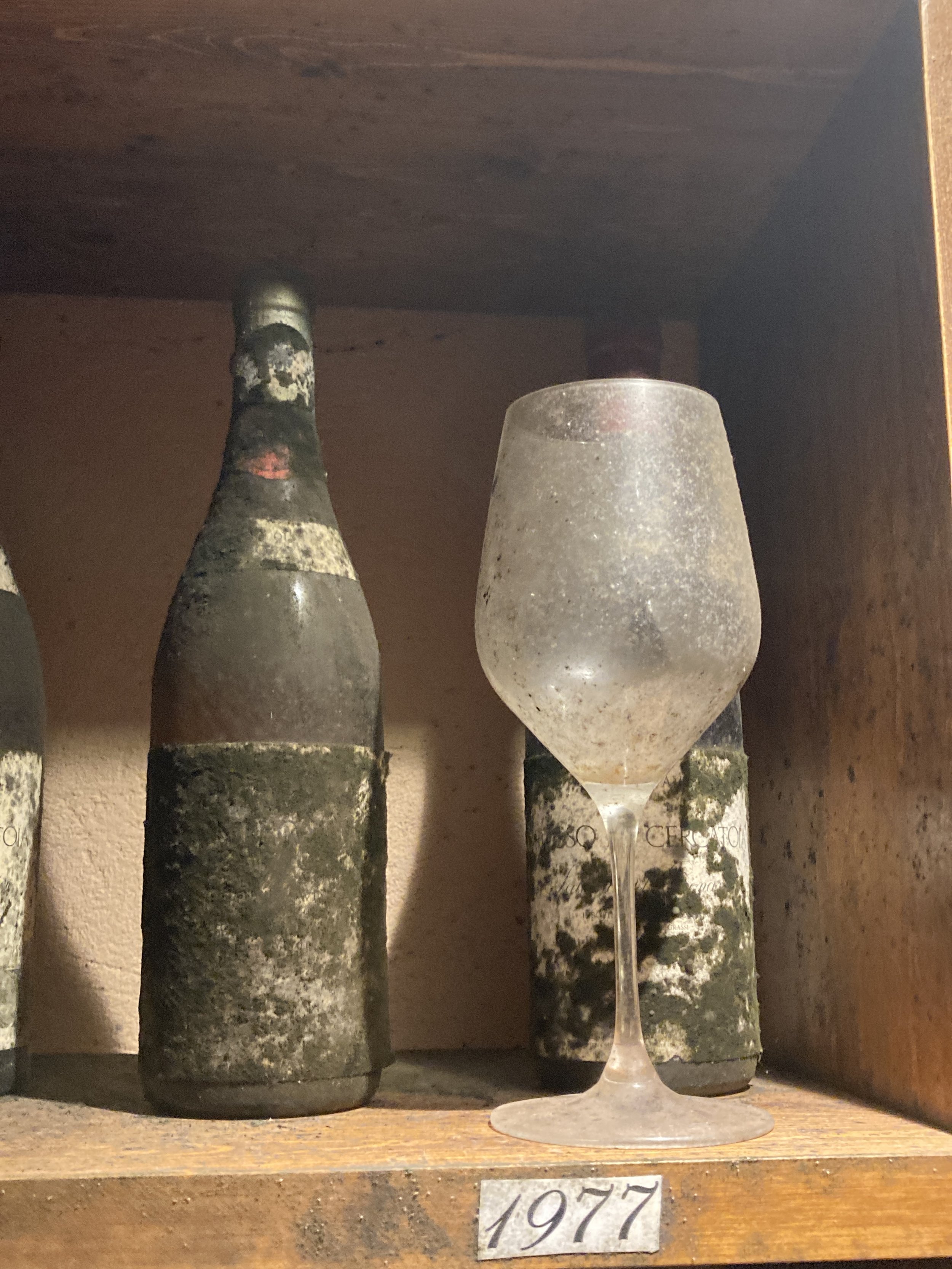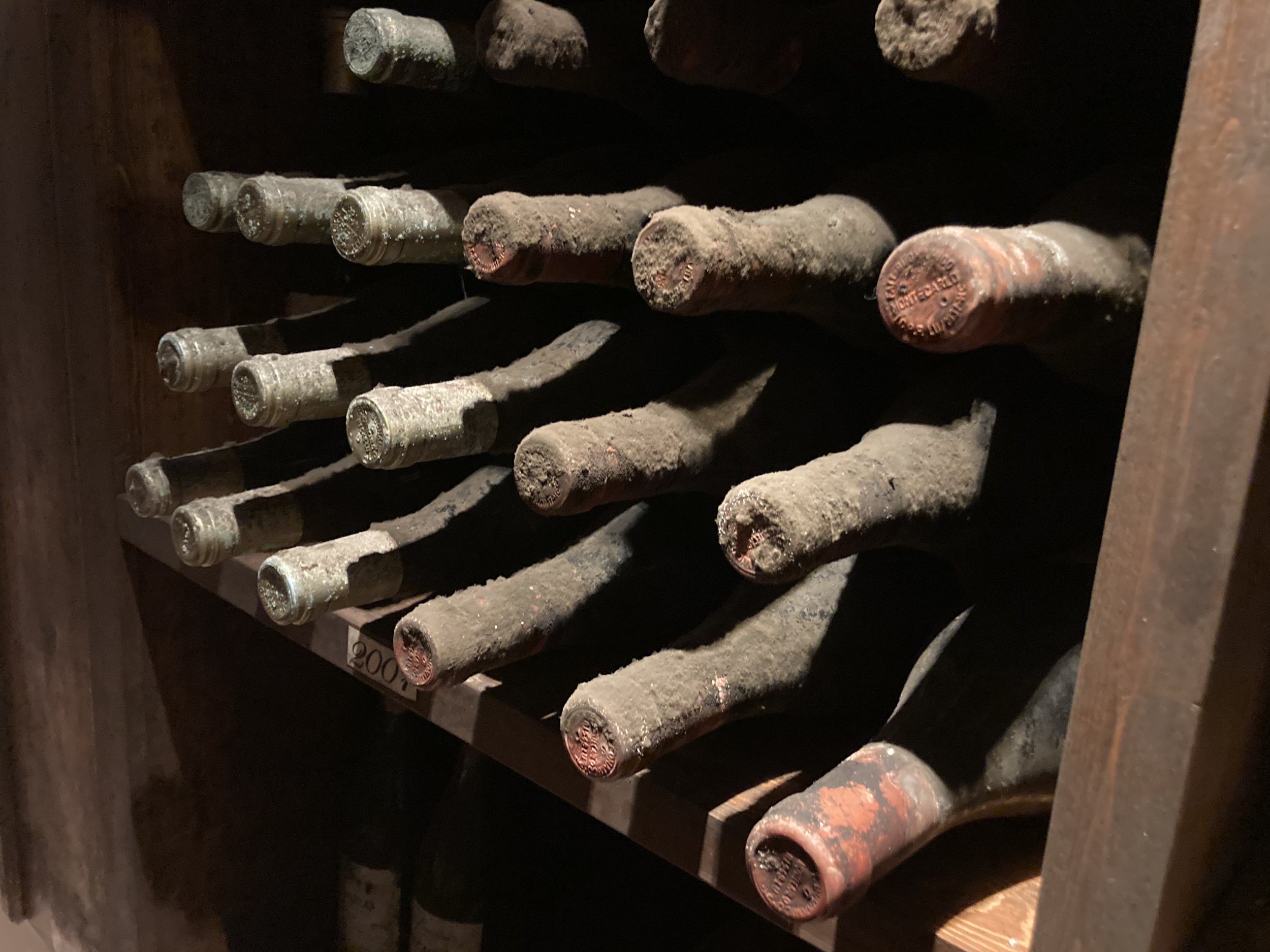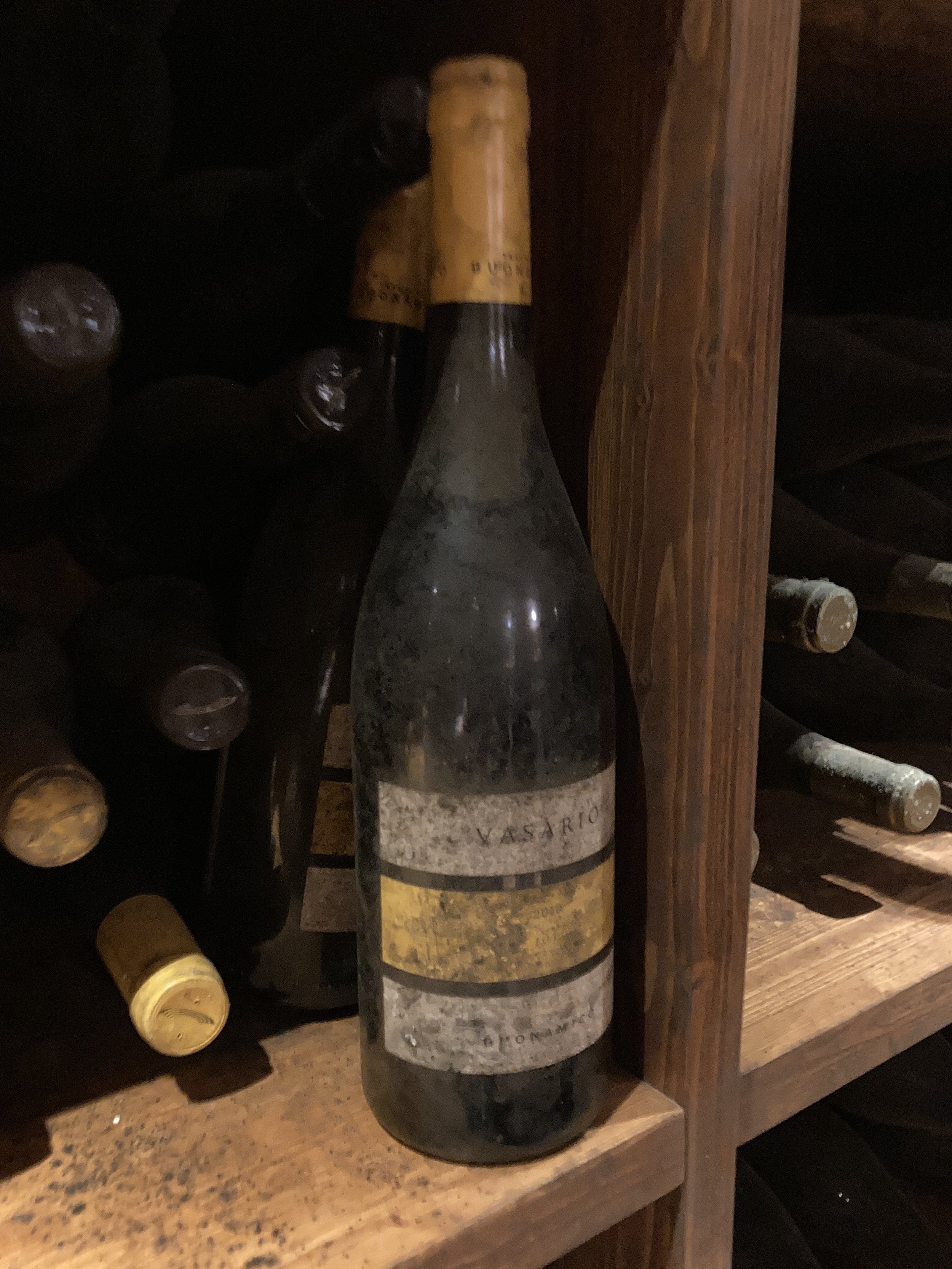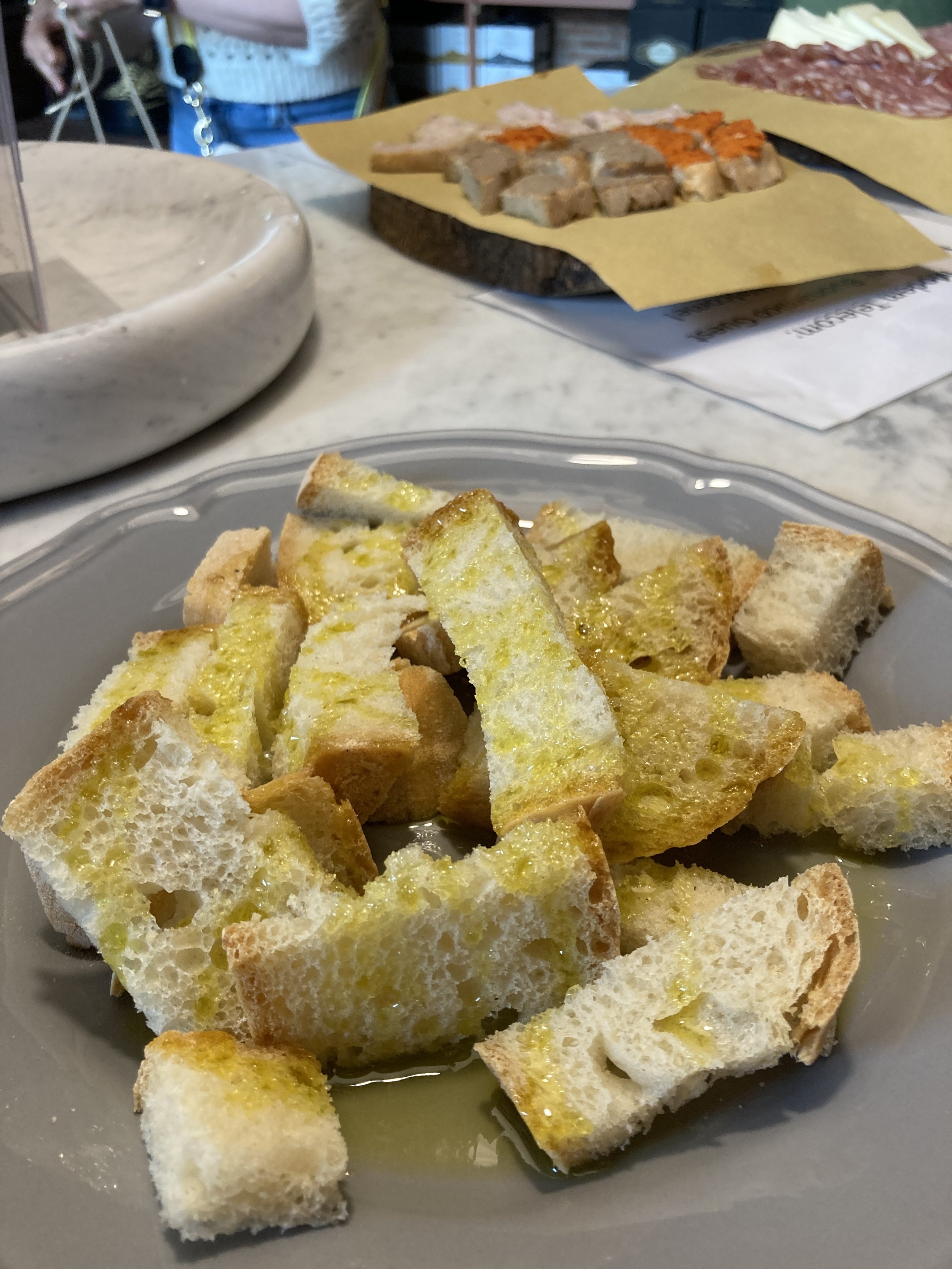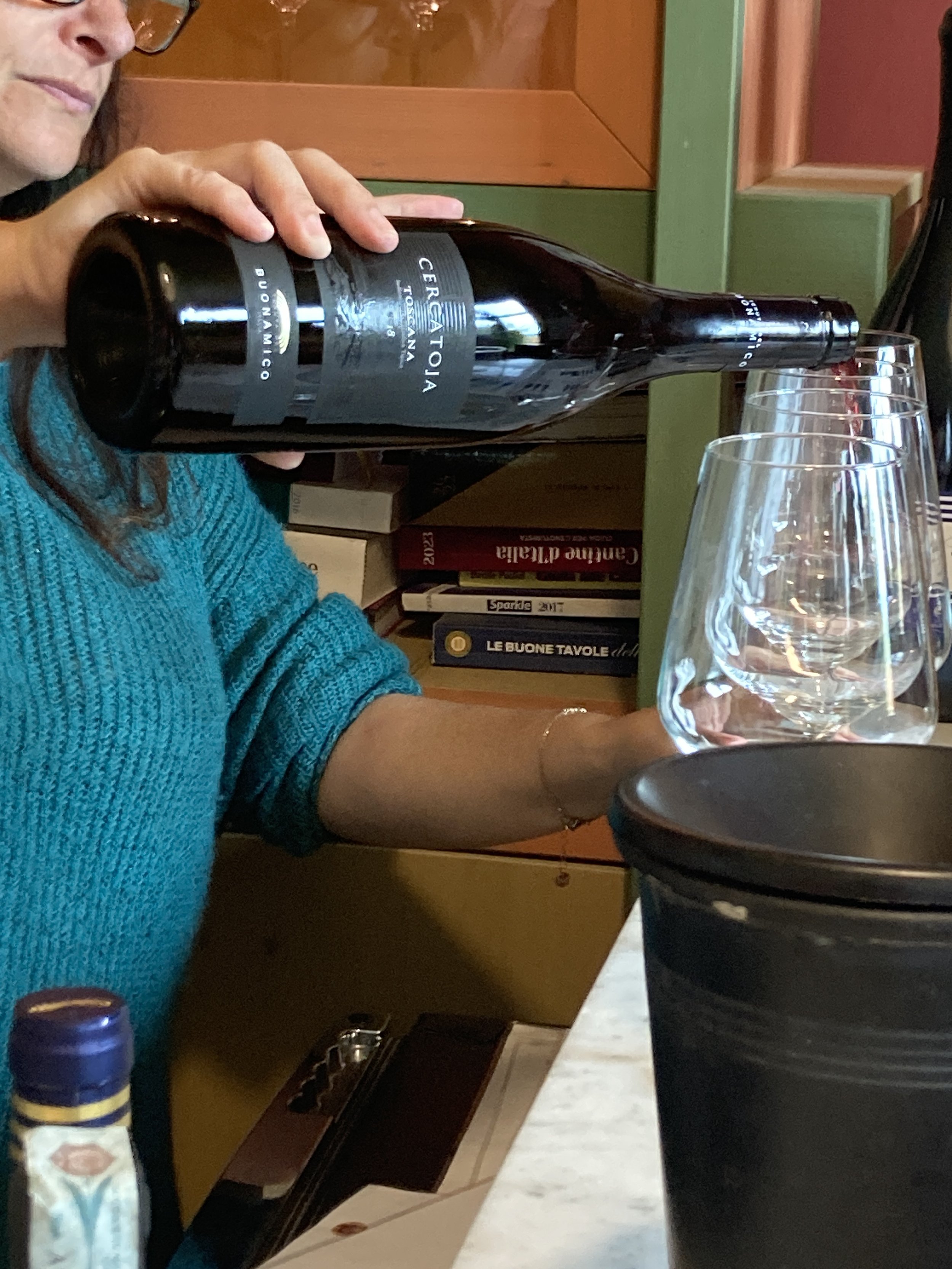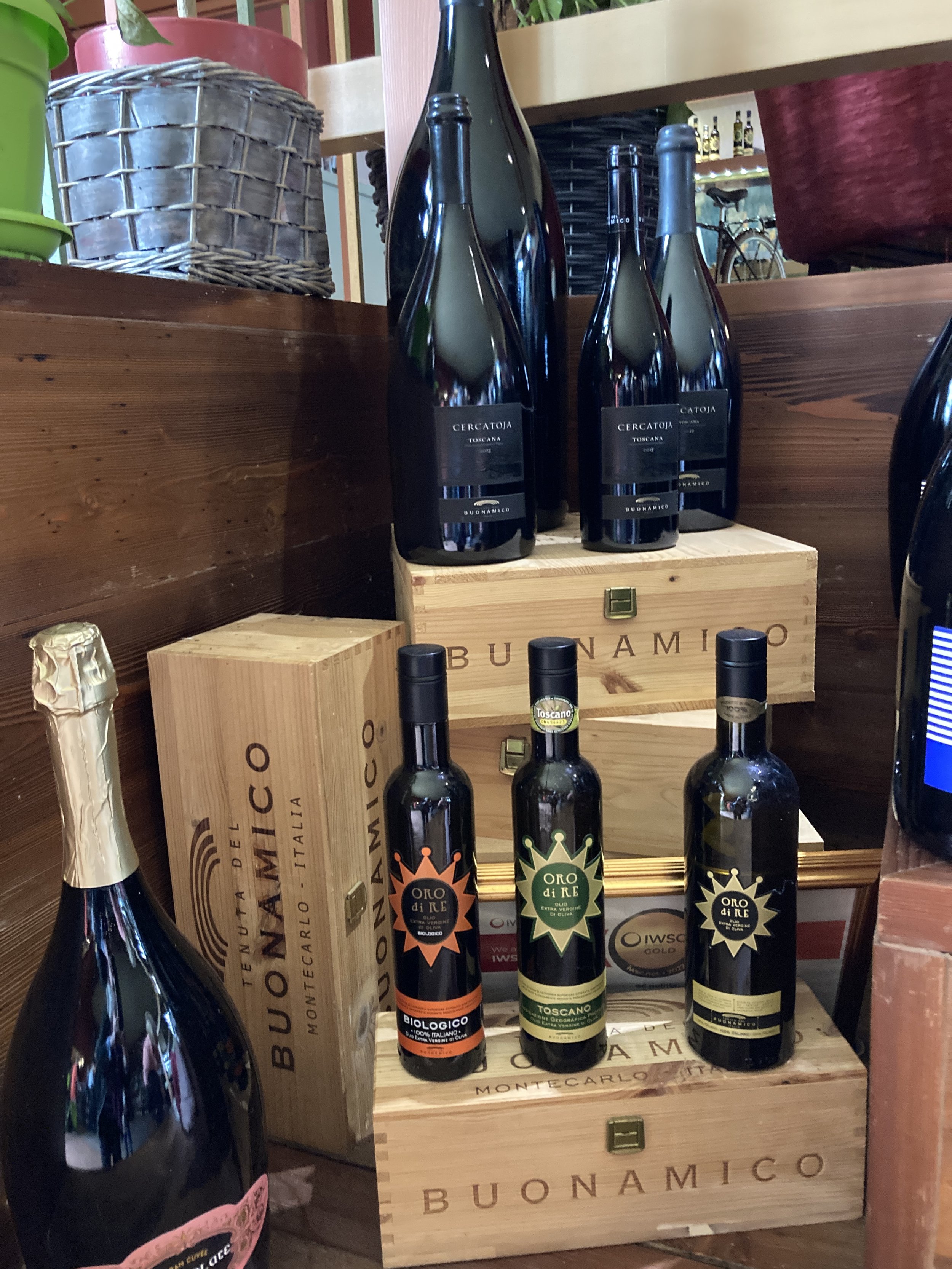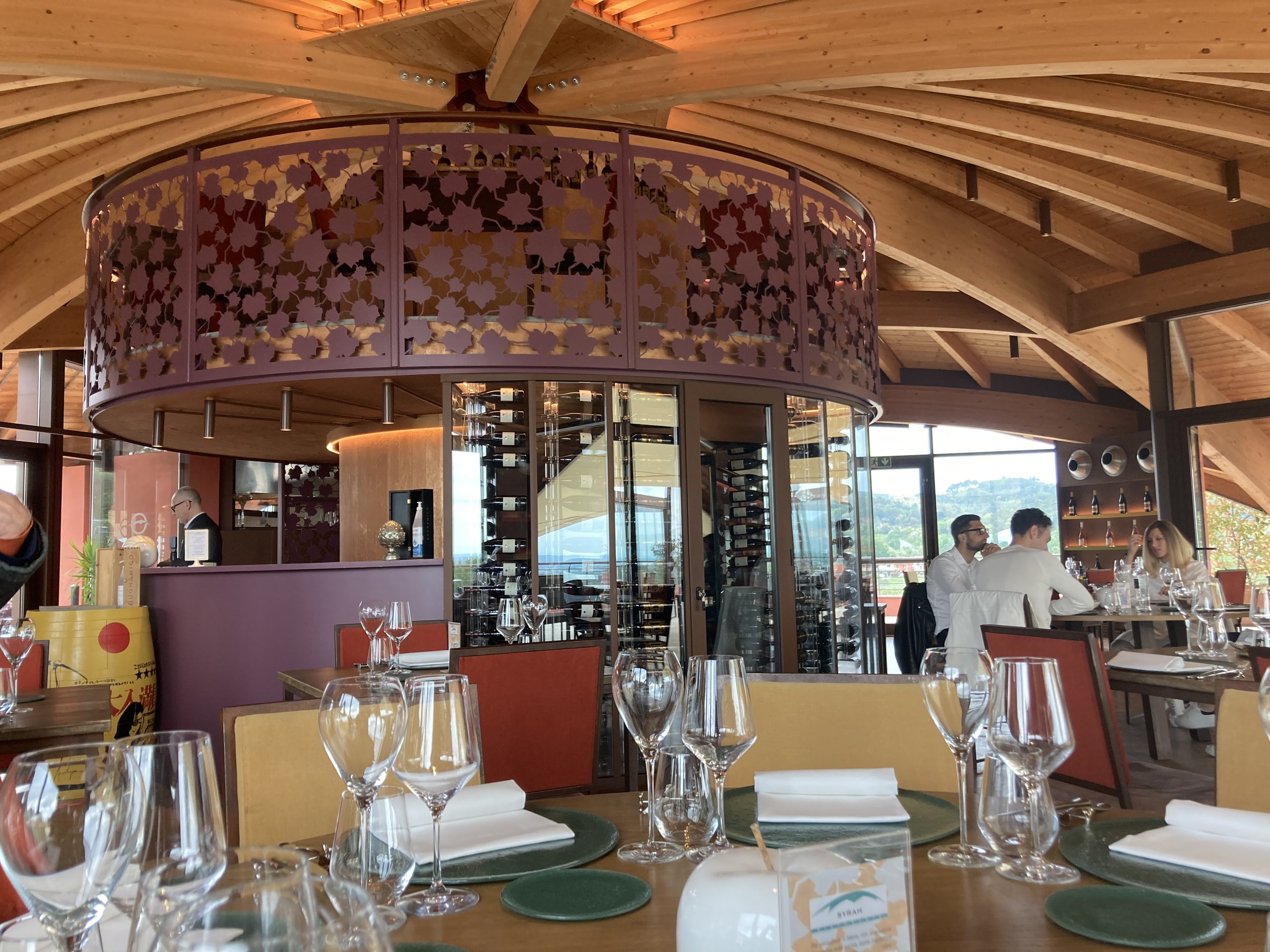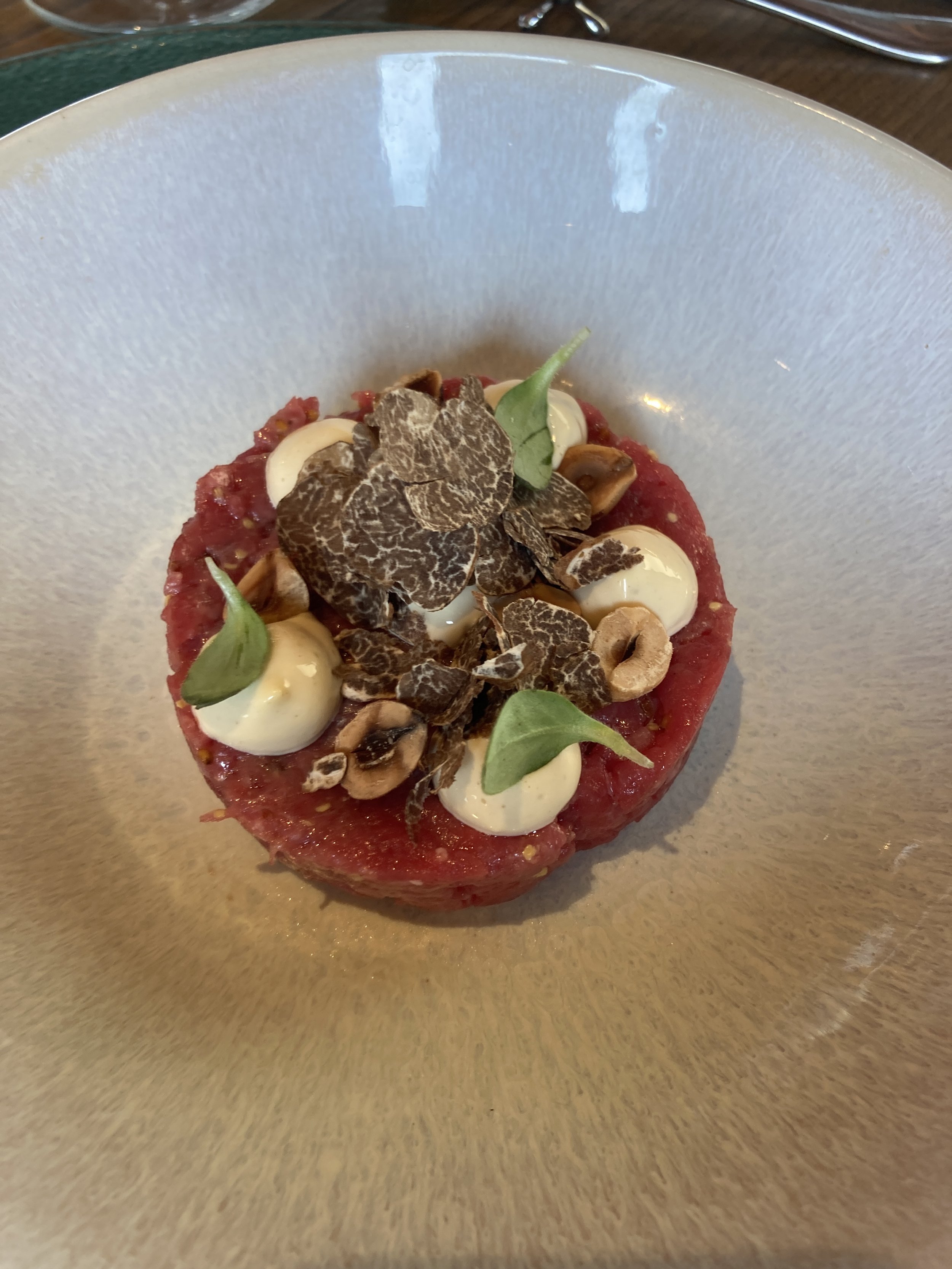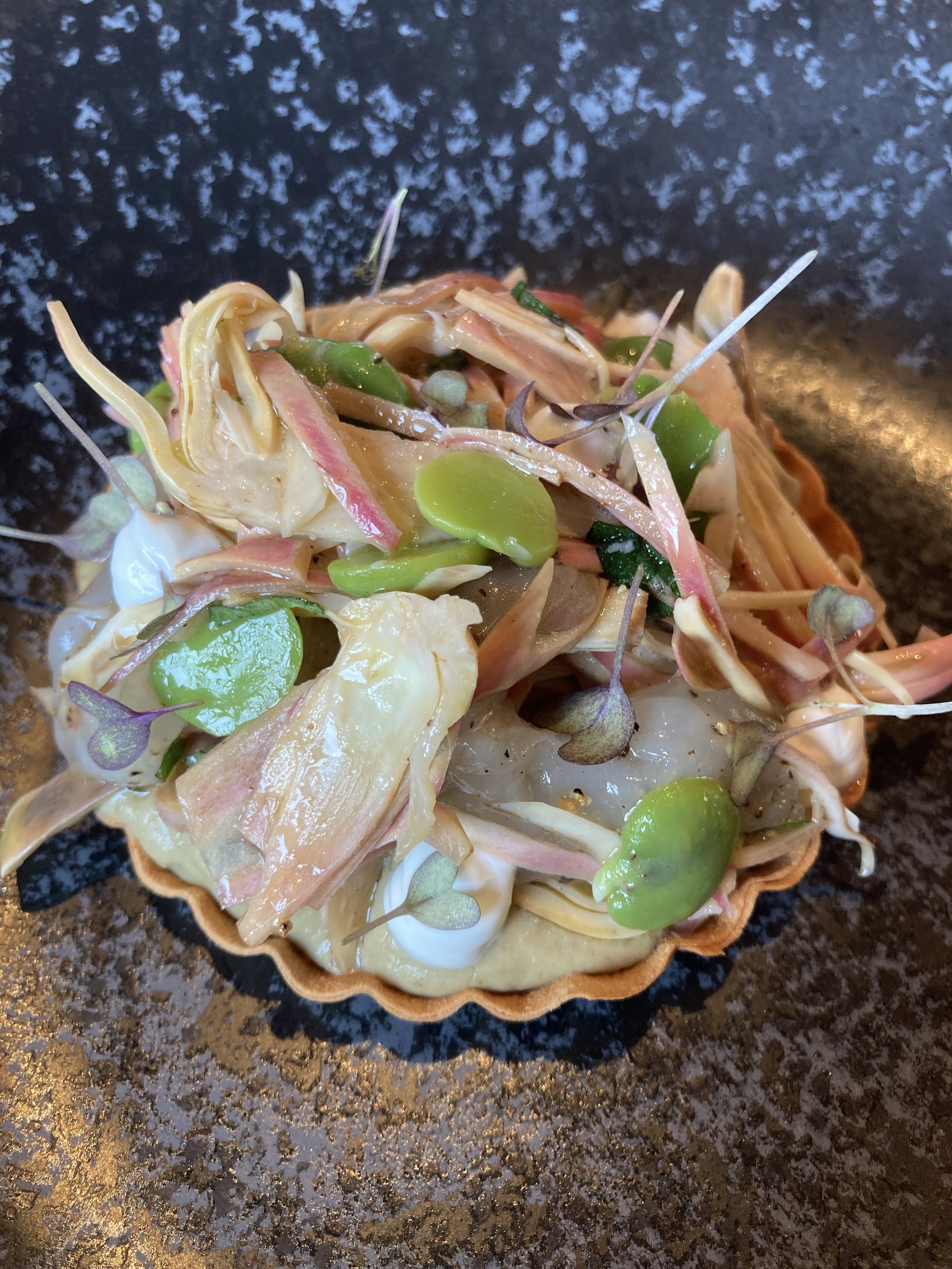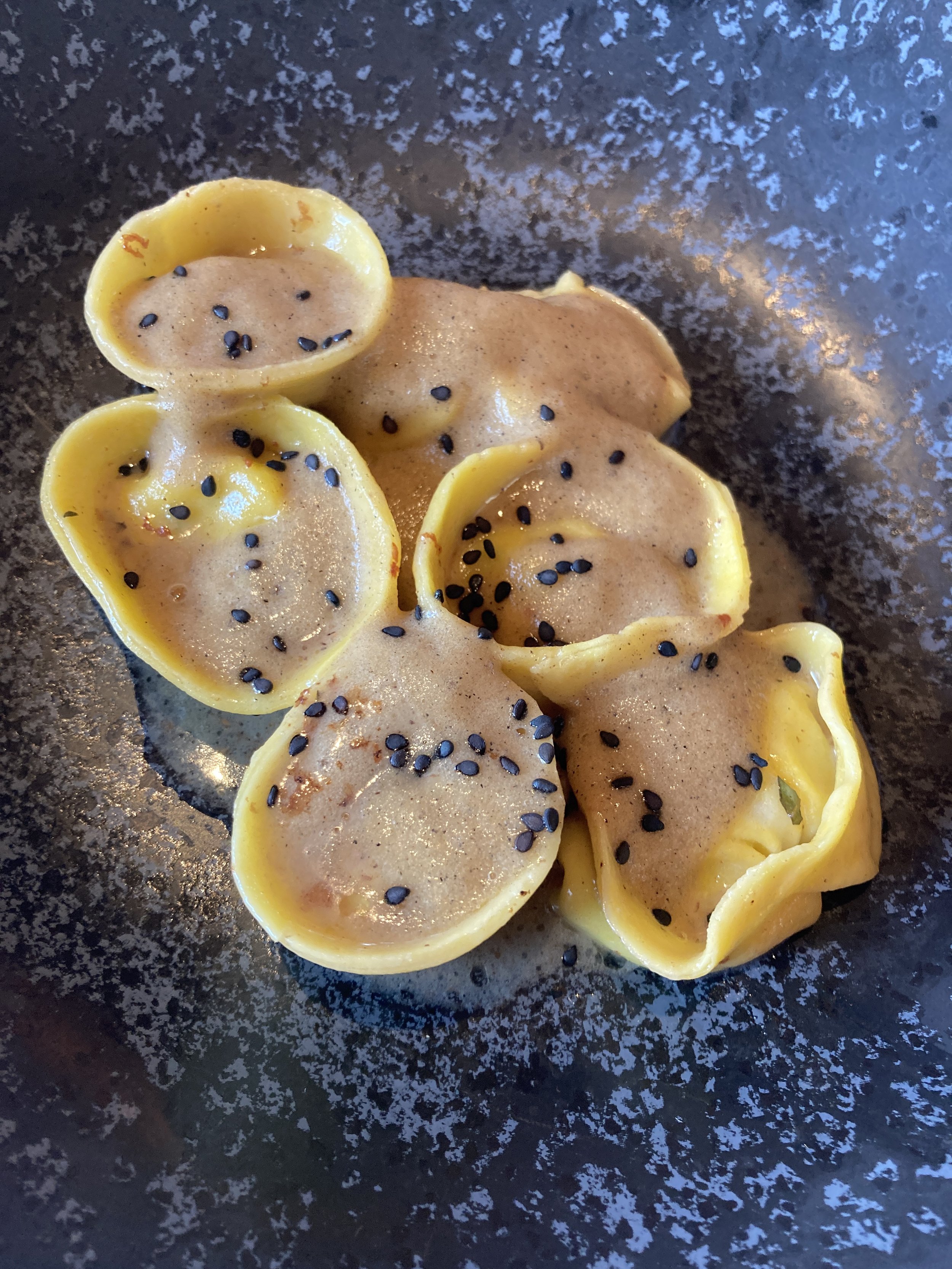Buonamico, A Tuscan Winery
My favorite local wine shop - Vineria Dolce Vita - in Lucca. They have a great selection of local wines. Ricardo, the owner, is a great source of recommendations. Plus I like this philosophy !
One of the many joys of life in Italy is the abundance of good local products. That includes everything from fruits and vegetables, olive oil, leather goods, ceramics, fabrics, and art. And, of course, wine. When it comes to wines there are plenty of great local wines to choose from.
When I say local, I mean really local. Not just Italian, or even from the nearby Chianti region. Not even the famous wines of Montalcino and Montepulciano, but wines directly from the hills above Lucca. In fact, when I first moved to Lucca I went in search of one of my favorite Italian summer wines – a crisp white Gavi. It was nowhere to be found. And although I find it easily in the US, none of the Lucchese wine shops carried it. When I asked why, the proprietor of the shop simply gave me a funny look and said that Gavi came from the area around Torino. It wasn’t local, or famous, so he didn’t carry it. OK then. My search to identify my favorite local wines was on.
I quickly learned that I could always count on a wine from Montecarlo, a hill town about 30 minutes outside of Lucca. Both the Montecarlo reds and whites were good and worked well with a variety of dishes. All the local wine stores and restaurants were well supplied with reasonably priced Montecarlo wines. But really getting to know the local wines takes more than just an occasional glass with dinner out or a random bottle from a local shop. The best way to get to know the local wines is to go straight to the winery for a tasting.
No surprise that the shops in Montecarlo sell Buonamico wines.
Since I don’t have a car in Lucca, it can be difficult for me to get to even the close-by vineyards as many are not reachable by train or bus. That’s why I jumped at the chance to join an excursion to one of Montecarlo’s top wine producers, Tenuta del Buonamico. The trip was organized by The Tuscan Wanderer – a local tour company run by Giovanni, with a big assist from his American wife Loreal. They organize several tours to the vineyards near Lucca (and beyond) as well as non-wine themed excursions. Giovanni provided transportation for our small group to Montecarlo and arranged for us to tour the Buonamico cellars followed by a wine tasting. They also reserved a table for us at the winery’s elegant Restaurant Syrah, where we enjoyed a special meal with – yes - more wine. These small group excursions are a great way to get to some of the more out-of-the-way wine producers in the area and Giovanni always makes it fun.
Vines and Olive tress surround the tasting room at Tenuta del Buonamico Winery
We started our day with a quick stop in the hill town of Montecarlo. Montecarlo is a stop on the Strada del Vino delle Colline Lucchesi e di Montecarlo (the Wine Road of the Lucchese Hills and Montecarlo). It sits high above the vineyards of Buonamico. After a stroll through the village, which is home to gorgeous views, an old fortress, and a small central street lined with shops, cafes, and restaurants. we made a quick stop for a coffee before we headed down the hill to the winery.
Tenuta del Buonamico was founded in the 1960’s by two close friends and restaurateurs. The word buonamico means good friend, so the name of the winery is a nod to the original founders. Today it is the largest of the wine producers in the area, producing some 400,000 bottles per year. They vineyards include the oldest Syrah vines in Tuscany. Much of Buonamico’s production will make its way to restaurants and shops in the area, but some will be sold for export. The setting of the winery is pure Tuscany – rolling hectares of vineyards, olive groves, and woodlands with classic views of medieval Montecarlo in the distance. But the winery itself is quite modern.
Montecarlo, as seen from Tenuta del Buonamico
Our Buonamico tour guide provided a great overview of the wine making process. Once harvested from the Buonamico vineyards, the grapes begin fermentation in gleaming steel tanks, designed especially to fit the space of the winery. The process is quite high-tech and the temperature is computer controlled. Glass tubes along the outside of the tanks provide a glimpse of what is inside – white, red, or rosato (rosato is the Italian word for what we would call rosé).
From the steel tanks most of the wines are then placed into oak barrels, never used more than 3 times. The oak barrels then go into the cellar to continue to age.
Not all of the wine goes into the oak barrels. Instead some, about 140,000 bottles worth, is used to make spumante (sparkling) wines. There is a separate area where the “bubbles” are fermented, using the Charmat method. As our tour guide explained, this method involves secondary fermentation in a steel tank, whereas in the traditional champagne method the secondary fermentation occurs in the bottle. The Charmat method is also used in making Prosecco. But don’t call these sparkling whites Prosecco! That name is reserved for wines produced in a different and specially designated area. At Tenuta del Buonamico they make two varieties of Spumante - both a sparkling white and a sparkling rosé.
One of the most enchanting parts of the winery tour took us into the cellar named “L’Inferno”. This room is the oldest cellar on the property and houses both new bottles of wine and the very oldest wines produced here, going back a half-century or so. There is just something magical about old, dusty wine bottles with their faded labels and old script. They may no longer be good to drink, but they sure convey a taste of history.
After our tour of the cellars it was upstairs to the wine shop to taste several wines. The wines were accompanied by platters of local meats and cheeses, each chosen to pair with a particular wine. There were also baskets of bread to dip into the estate’s olive oil – fresh and green tasting, it was as luscious as the wines!
Among the wines we tasted were an excellent blend of Syrah, Cabernet Sauvignon, and Sangiovese called Cercatoja. We also tasted Il Fortino, a 100% Syrah wine and their most prestigious offering. Along the way we sampled a crisp Viogne called Mio and – my personal favorite – the Buonamico sparkling Rosato, IMHO it is the perfect summer wine. Throughout the tasting the winery staff encouraged us to pair the wines with specific meats, cheeses, bread, and even chocolate. For a non-expert wine taster like myself this was helpful in identifying how wine changes with certain foods tastes – spicy, salty, fatty, sweet.
After the tasting we had a chance to purchase both wine and olive oil. We all went home carrying something!
Lunch at Restaurant Syrah was the perfect ending to a morning of tasting. The food here is special and of course the wine is wonderful. Here are just a few lunch photos to tempt you!
We wandered around the grounds after lunch discovering that there are guest rooms which overlook the beautiful landscapes. There is also a pool and spa on site. The thoughts of spending a few days here are most enticing!


